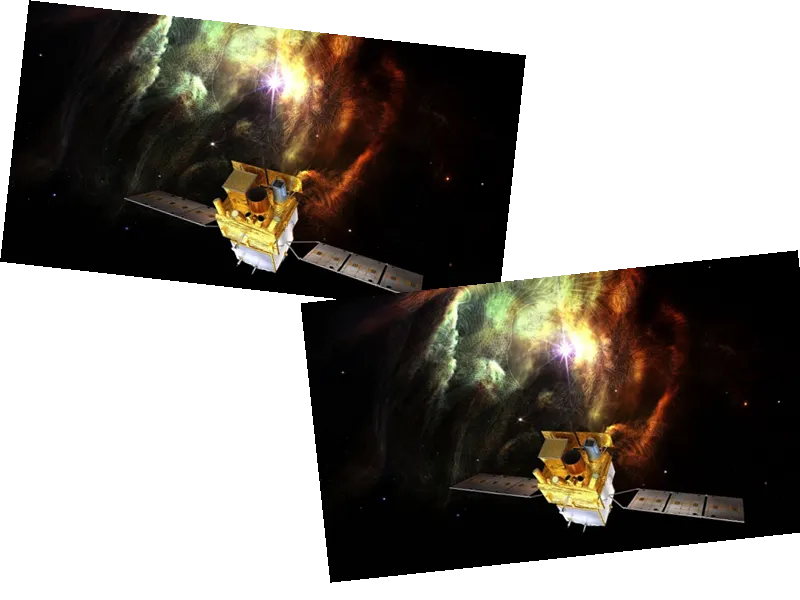Unveiling the Mysteries of Gamma-Ray Bursts
A few times a day, bursts of extremely energetic radiation arrive from the ends of the universe to “hit” our planet. These explosions release a power equivalent to more than a billion billion suns in just a few seconds. This considerable energy makes them detectable at distances of several billion light years, offering astrophysicists unique information about very primitive epochs in the universe, just a few hundred million years after the Big Bang. Called gamma-ray bursts because they mainly emit in this energy range, they also emit in other wavelengths.
SVOM: The Joint Mission to Capture Gamma-Ray Bursts
To study these astronomical phenomena, precise detection is crucial. This Saturday, June 22, China and France are jointly launching SVOM, a satellite developed to capture this radiation which bears witness to time immemorial, right up to the early youth of the Universe. The takeoff of the Longue-Marche 2C rocket, which should place it in orbit, is expected around 9 a.m. (Paris time) from the Xichang base in the Chinese province of Sichuan.
The Significance of Gamma-Ray Bursts in Understanding the Universe
Gazing at a starry sky can give the impression that nothing is moving and that time stands still. However, over the course of a night, celestial bodies like the Moon and shooting stars demonstrate the dynamic nature of our universe. Gamma-ray bursts, these flashes of light so energetic that they escape our eyes and so brief that they force scientists to race against time when they occur, provide crucial insights. The SVOM mission aims to capture these bursts and unravel the history of the Universe, offering a glimpse into its early stages and its evolution.
- Gamma-ray bursts are among the most energetic events in the universe, and their study can reveal a lot about the early stages of cosmic history. These bursts are detectable across billions of light years, making them invaluable to astrophysicists.
- The joint mission by China and France to launch the SVOM satellite marks a significant step in the study of gamma-ray bursts. The satellite is designed to capture these fleeting events and provide data that can help scientists understand the universe's formative years.
- The takeoff of the Longue-Marche 2C rocket from the Xichang base in Sichuan is a critical moment for this mission. The data gathered by SVOM will contribute to our understanding of the universe's history and the events that shaped it.





